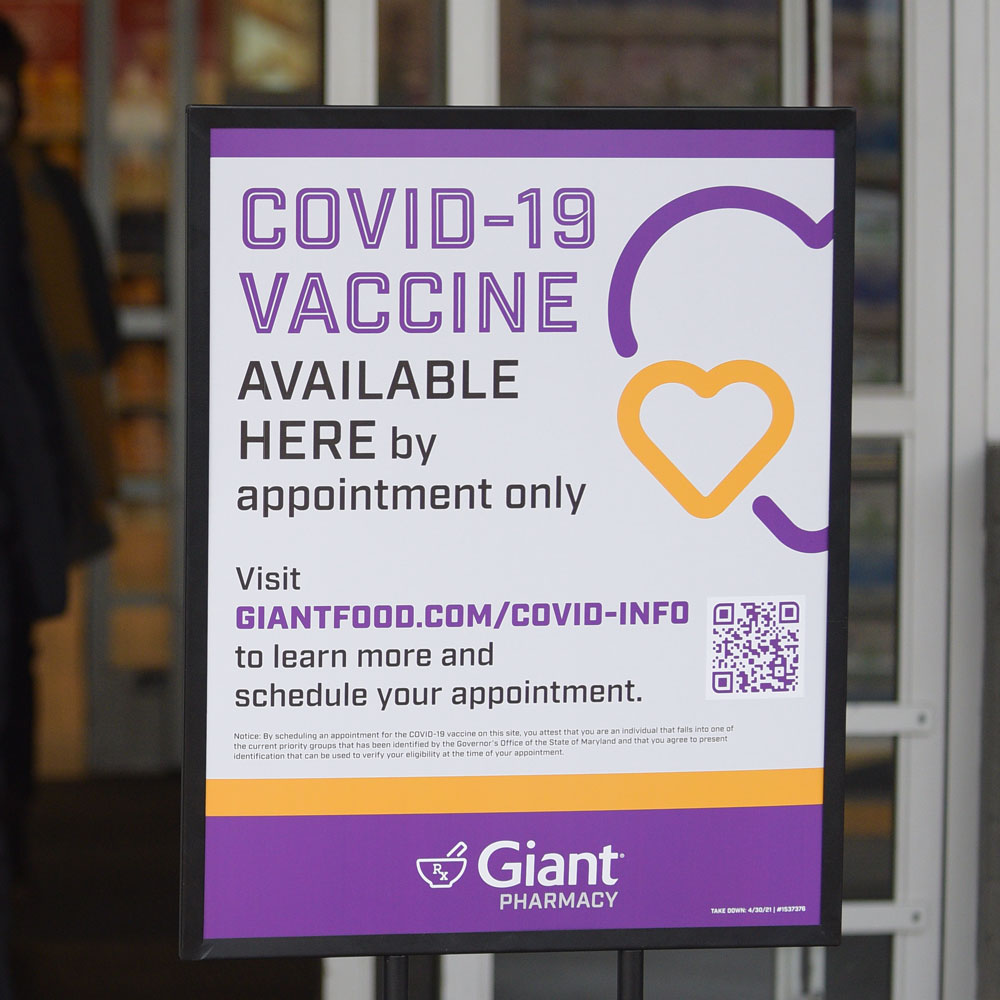
The American Association of Retired Persons (AARP) called it the “Hunger Games for seniors”—the free-for-all vaccine rollout in Florida for anyone 65 years of age and older. Defying federal recommendations, Florida is one of several states to prioritize the elderly over essential workers for COVID inoculations.
A perhaps unsurprising effect of this policy is that access to the vaccine has been far easier for white residents than residents of color. This is not unique to Florida, but the impact of reducing the priority of providing vaccinations for “essential workers,” who are disproportionately people of color, is hardly surprising. As Allison Ross and Megan Reeves report in the Tampa Bay Times, “As of [January 28th], white Floridians were about 2.5 times more likely to have received at least one dose as Black residents. Non-[Latinx] residents were nearly twice as likely as [Latinx] people to have secured doses.”
The Centers for Disease Control and Prevention (CDC) gave specific recommendations on who should get vaccinated first—prioritizing healthcare workers, frontline essential workers, and people over 75 years with high risk of hospitalization, illness, or living in long-term care facilities. However, Governor Ron DeSantis (R) announced in late December a “seniors first” policy to open vaccination hubs on a first-come, first-served basis that led seniors—that is, those without a disability and with access to transportation—to flock to centers and receive vaccine doses.
Stories of out-of-state residents and foreigners, known as COVID tourists, quickly made the news as people took advantage of the lack of regulations. The Wall Street Journal reported people from as far as Toronto, New York, and Buenos Aires flew on same-day private charters costing between $25,000 and $80,000 to seize their Florida golden COVID ticket. By January 21st, Florida’s surgeon general announced that as vaccines were being depleted, only those who could provide proof of residency would be able to make vaccination appointments.
Even more concerning are the large numbers of those left behind. People living in assisted-living facilities, representing roughly 112,000 residents according to the Sun Sentinel, have been largely left to fend for themselves, although they represent about 40 percent of COVID deaths in the state.
The Miami Herald reports that people under 65 years old with underlying health conditions who were required to make appointments through a limited number of hospitals—instead of standing in line for hours with everyone else—were being turned away for a lack of supply. (Appointments are now required for everyone.) Hospice News reported an estimated 20,000 hospice health care workers and clinicians servicing nursing homes, in-home care, and end-of-life facilities were excluded from early COVID vaccine distribution altogether. And the Orlando Sentinel reports that grocery store, food bank, and farm workers have not been included in the second phase of the rollout and will probably have to wait it out until the third phase.
Sign up for our free newsletters
Subscribe to NPQ's newsletters to have our top stories delivered directly to your inbox.
By signing up, you agree to our privacy policy and terms of use, and to receive messages from NPQ and our partners.
The result of these actions has been to favor largely white, relatively privileged seniors, often at the expense of low-income families and communities of color. Analysis conducted by the Miami Herald to map out vaccine distribution by ZIP code found that in places like Opa-locka, where 40 percent of the population lives in poverty, only two percent had received the vaccine as of January 22nd.
“Only a few neighborhoods have vaccination rates above 10 percent, and each of them are among the county’s top 20 wealthiest ZIP codes,” reads their report.
The racial divide is also evident, as those with access to transportation and technology receive their vaccines first. In Miami-Dade, where 17 percent of the population is Black, only six percent who have received the vaccine are Black. Likewise, only 10 percent of those vaccinated in Hillsborough County (county seat Tampa) are Latinx, in a county where Latinx residents are 30 percent of the county’s population. Meanwhile, white residents account for 68 percent of all vaccinations, even though the majority (53 percent) of residents are people of color. This trend is ongoing even though COVID deaths have been far higher in Latinx and Black communities.
Perhaps stating the obvious, Dr. Anthony Fauci, director of the National Institute of Allergy and Infection Diseases, called on state and local officials to prioritize vaccine distribution for people who face the highest risk of contracting the virus.
“The real question is how do we get it [the vaccine] in a way that is actually equitable,” he said in an interview with the New England Journal of Medicine. “We don’t want in the beginning that most of the people who are getting it are otherwise, well, middle-class white people. You really want to get it to the people who are the most vulnerable. You want to get it for everybody, but you don’t want to have a situation where people who really need it, because of where they are, of where they live, what their economic status is, that they don’t have access to the vaccine.”—Sofia Jarrin











